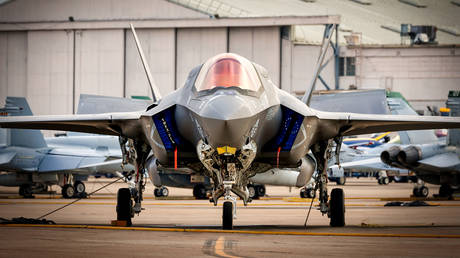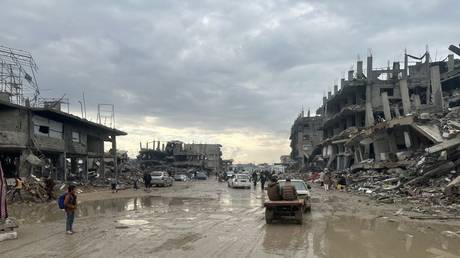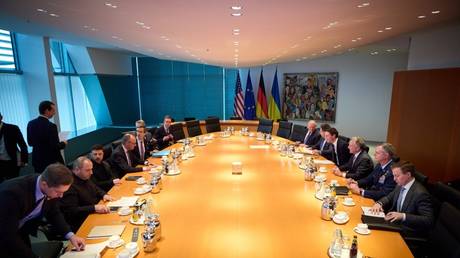
Production of F-15EX and F-35A aircraft will need to be significantly ramped up to meet a goal set by Donald Trump, according to news outlet Breaking Defense
The US Air Force (USAF) needs to build hundreds of new fighter jets within the next ten years to meet President Donald Trump’s defense objectives, the Breaking Defense news outlet has reported, citing an unclassified force structure plan.
Submitted to Congress this month, the plan states that the USAF must field 1,558 combat-coded fighter jets to fulfill its global obligations under Trump’s Interim National Defense Strategic Guidance (INDSG). The goal is almost 300 higher than the estimated 1,271 fighters expected to be in service in 2026.
The document says the USAF aims to reach an interim target of 1,369 fighters by early 2030, but warns that limited funding, industrial capacity, and competing modernization demands could delay progress.
The report identifies the F-15EX and F-35A as key to reaching the jet target. It states that Boeing could produce up to two-dozen F-15EX aircraft per year by 2027, expanding up to 36 annually with “additional funding for facilities.”
Lockheed Martin, meanwhile, could supply as many as 100 F-35As per year by 2030, which are described as the “foundation of the USAF fighter force structure.” However, the document notes that this production rate would require expanded facilities, additional funding, and the resolution of hardware and software shortages affecting new upgrades to the F-35.
The report cautions that production delays, sustainment shortfalls, and retirements of older aircraft, such as A-10s and some F-22s, could considerably offset projected gains. It also notes a $400 million annual deficit in sustainment funding, and warns that competing modernization programs such as the upcoming sixth-generation F-47 fighter may further slow progress.
Trump’s INDSG calls for the US military to close capability gaps in order to prepare for a potential conflict with China, which Washington has designated as its primary strategic rival. The Pentagon has also been pressing to boost missile production output severalfold amid concerns about readiness for a possible confrontation, particularly around the self-governing island of Taiwan.
Beijing has repeatedly rejected US accusations of military aggression and has criticized Washington for stoking tensions by arming Taipei and expanding its regional presence.




